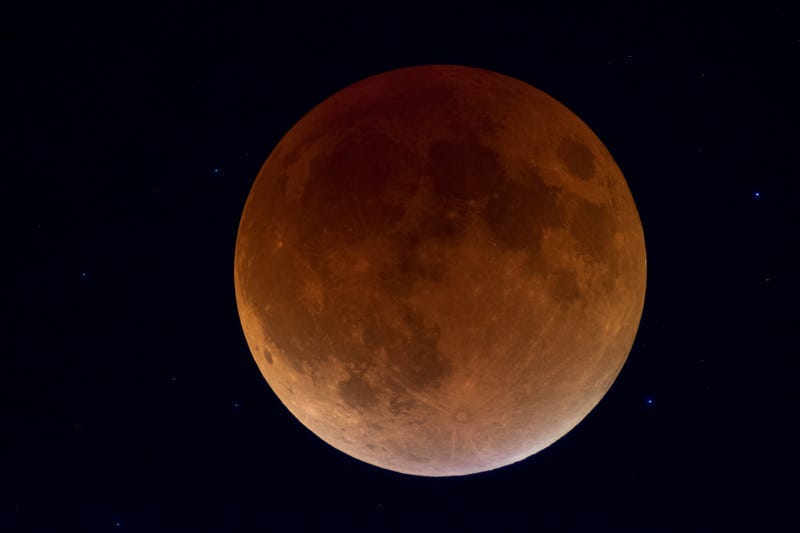
It should be well-worth staying up past your bedtime on Sunday night.
Not only will there be a total lunar eclipse, but the moon will also be a blood-red-colored, "supermoon."
"Having it happen at this supermoon when it's a little bit closer won't happen every time, but it's not completely uncommon," said Bell Museum Planetarium Manager Sally Brummel.
"But every time there's a total lunar eclipse in the sky it's something different than you're used to, so it's a great thing to see," said Brummel.
So what exactly is a supermoon?
"Supermoon just means that it's going to be bigger than usual, said Brummel. "The moon's orbit brings it closer and farther away from Earth. So with this full moon, it will be closer, and will look a little bit bigger in the sky."
And why the red color?
"When the moon goes into the earth's shadow, just a little bit of light actually reaches it, and that's the light that goes through the earth's atmosphere. As it does that, it bends a little bit, and makes the light that reaches the moon change colors and look very orangey-red. You definitely do not want to miss this eclipse," said Brummel.
Brummel says the eclipse should begin around 10:40 Sunday night, reaching totality between 11:30 and midnight. She says the Bell Museum is holding a Star Party from 8:30 to midnight to get a closer look at the big event through telescopes.
